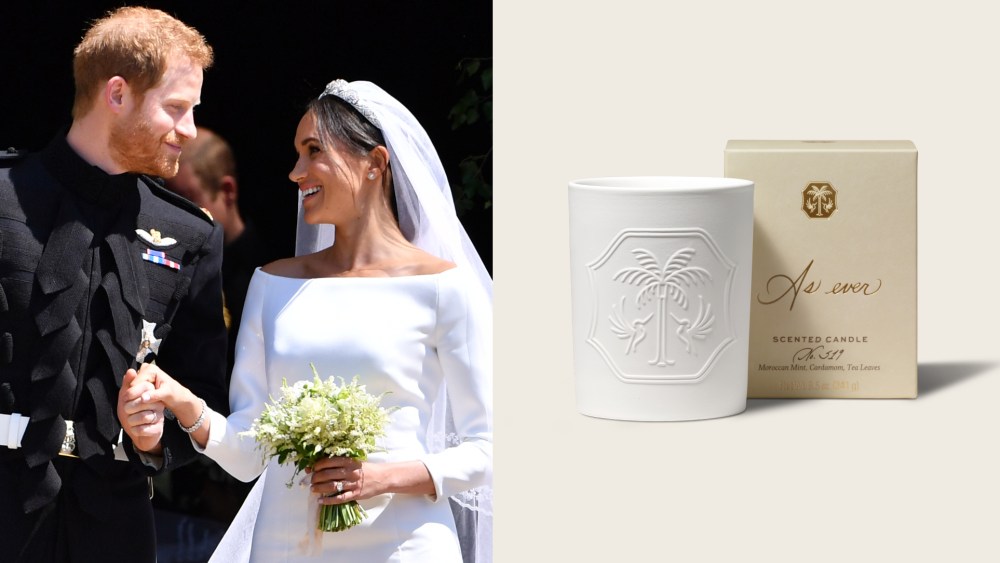Meghan Markle has introduced the first holiday collection from her lifestyle brand, As Ever, marking the label’s expansion since its launch this past spring. Available exclusively on asever.com, the curated range includes candles,…
Category: 5. Entertainment
-
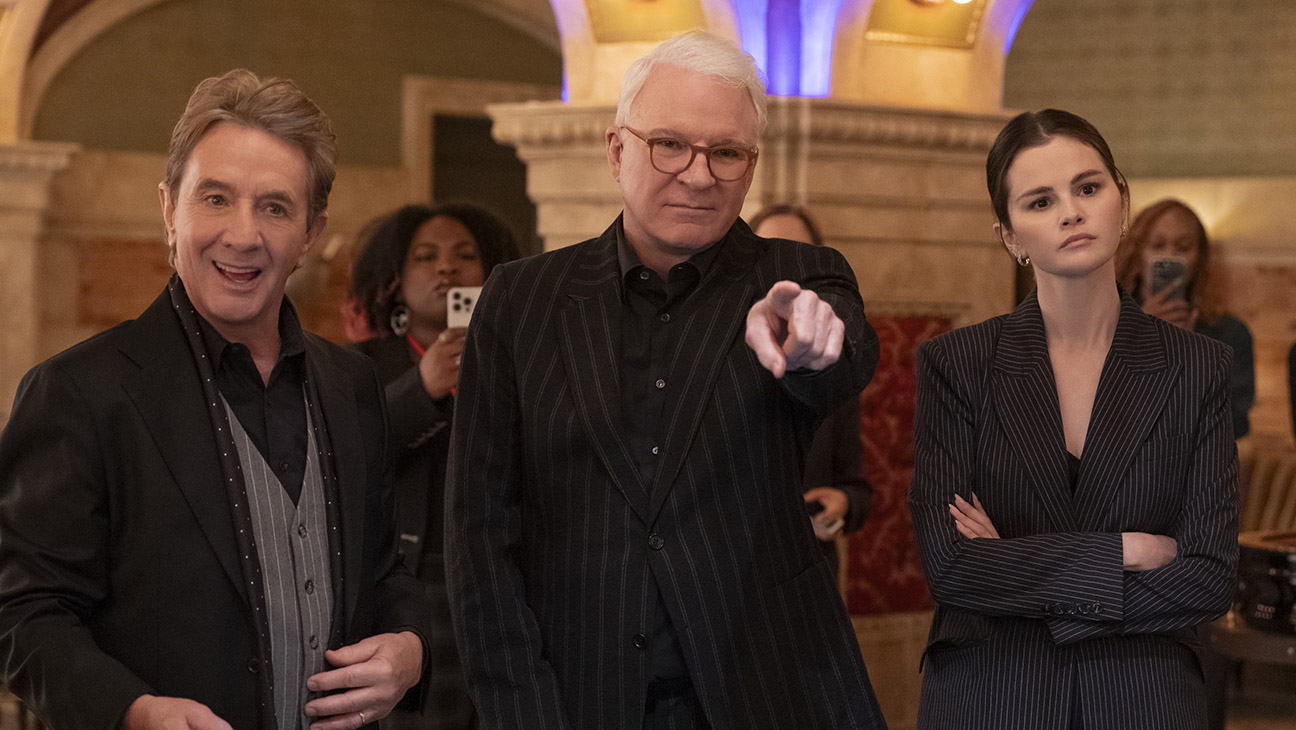
‘Only Murders in the Building’ Renewed for Season 6 at Hulu
The murders will continue, but in a different building (sort of).
Hulu has renewed Only Murders in the Building for a sixth season, with a big change in locale. After five seasons of solving cases in New York (with a…
Continue Reading
-
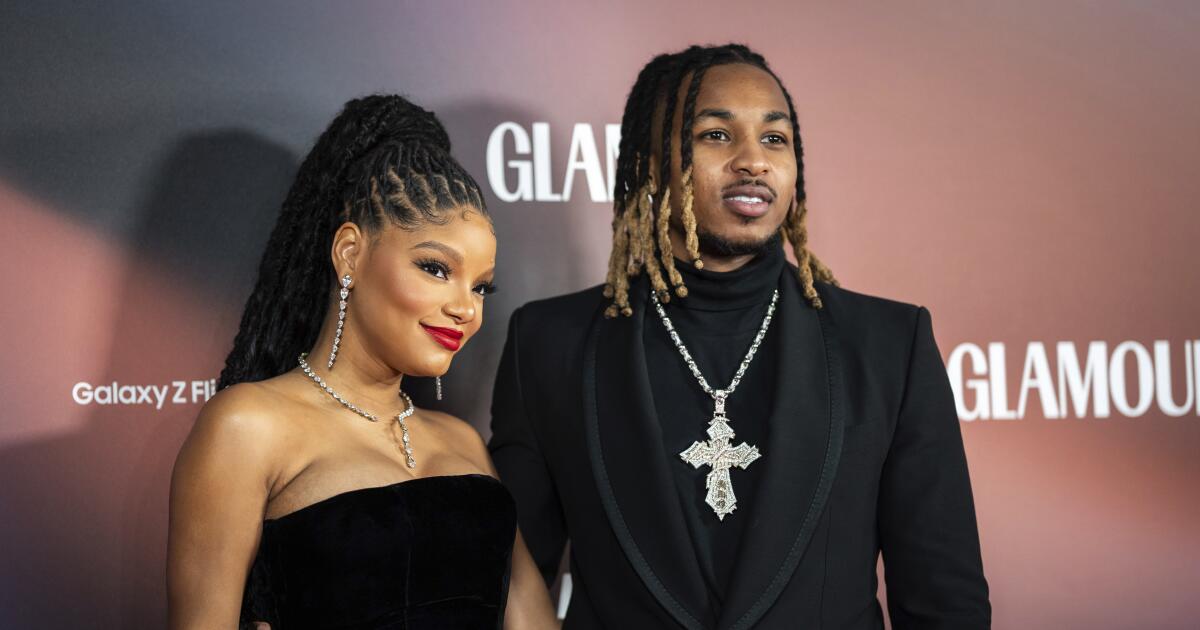
Halle Bailey, DDG reach custody deal, drop restraining orders
“Little Mermaid” star Halle Bailey and her rapper ex-boyfriend DDG decided this week to temporarily put their differences aside in their months-long custody battle over their 1-year-old son, Halo.
The pair of musicians, who dated from 2022…
Continue Reading
-
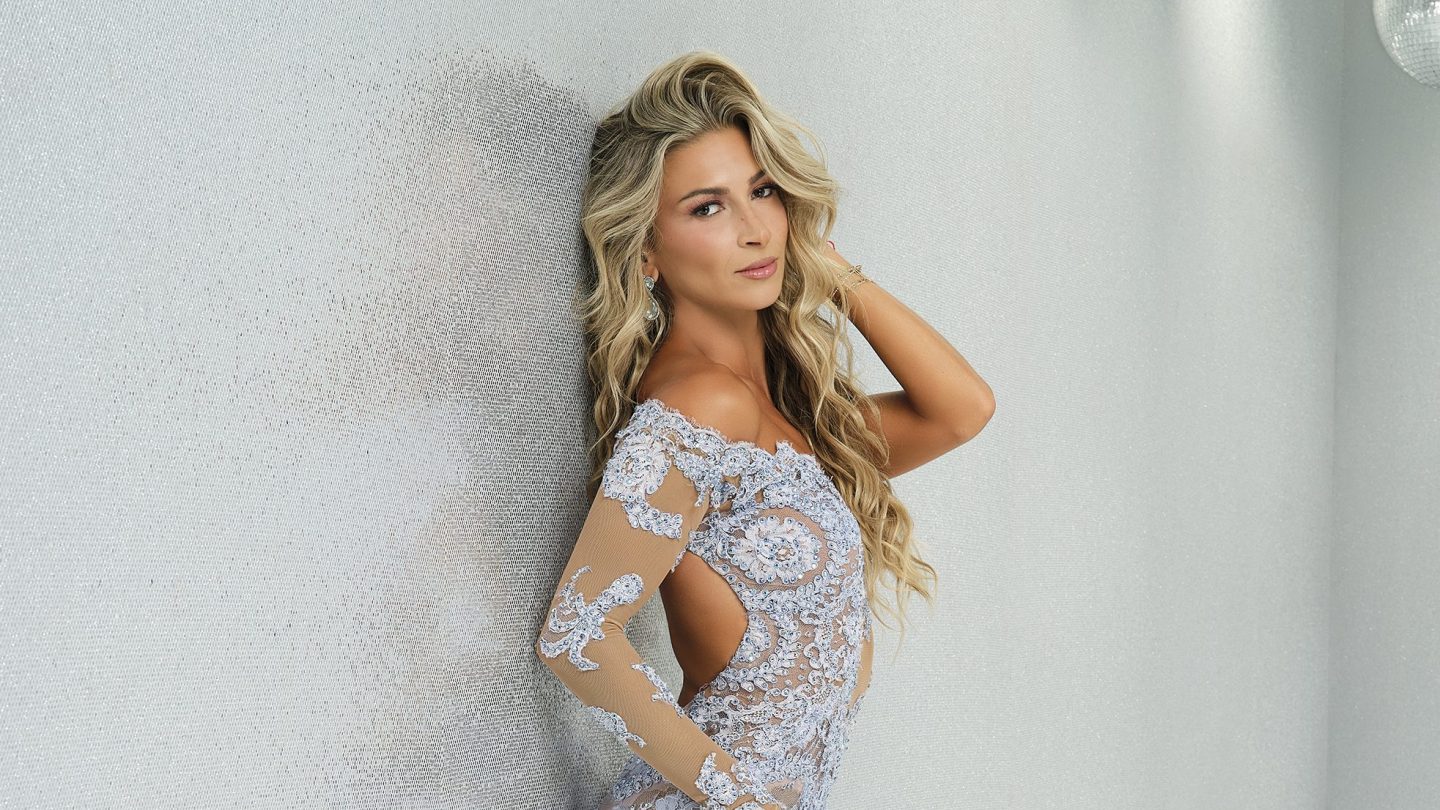
Daniella Karagach on Dylan Efron, Freestyle Idea, Dream Celeb
Daniella Karagach and Dylan Efron have had an ascending track record throughout season 34 of Dancing With the Stars. It’s something viewers may not have expected, as The Traitors winner and brother to Zac Efron joined the competition with…
Continue Reading
-
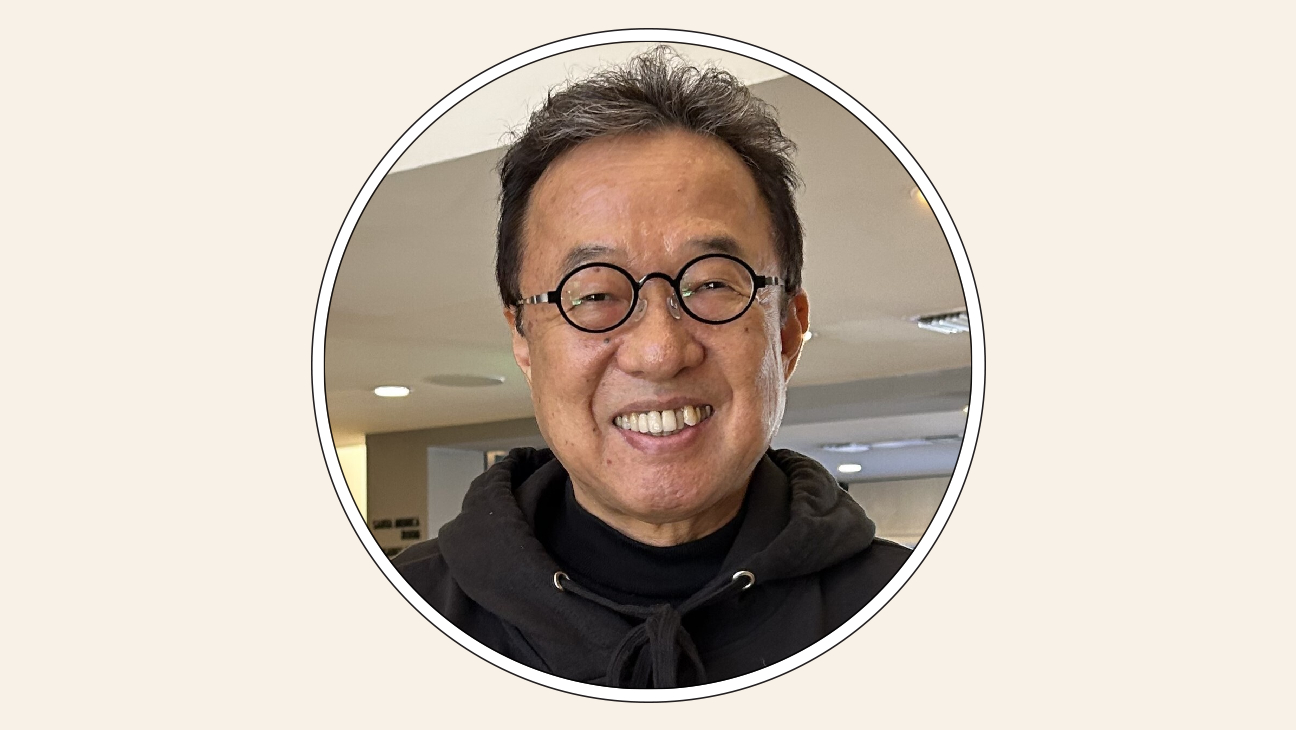
Producer Tetsu Fujimura Talks One Piece, Japan’s Booming IP Economy
Tetsu Fujimura has served as a vital bridge between the U.S. entertainment industry and Japan’s vast, IP-rich content landscape for nearly four decades. In his first act, he co-founded Gaga Communications in 1986 and built it over the next…
Continue Reading
-
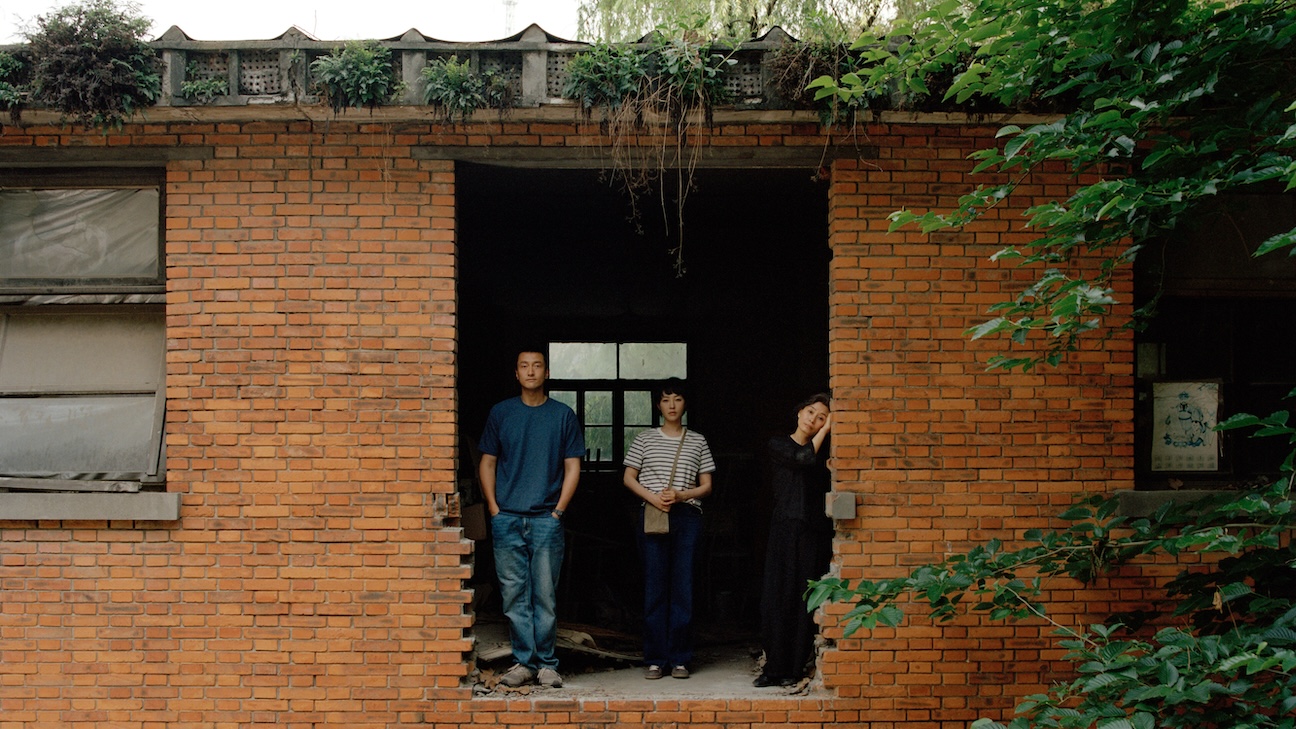
Zhang Lu Discusses His New Film ‘Mothertongue’
Fresh from taking home the Busan International Film Festival’s inaugural best film award for Gloaming in Luomo in October, Korean-Chinese director Zhang Lu brings its sister piece, Mothertongue, across the water to premiere in the Tokyo
Continue Reading
-
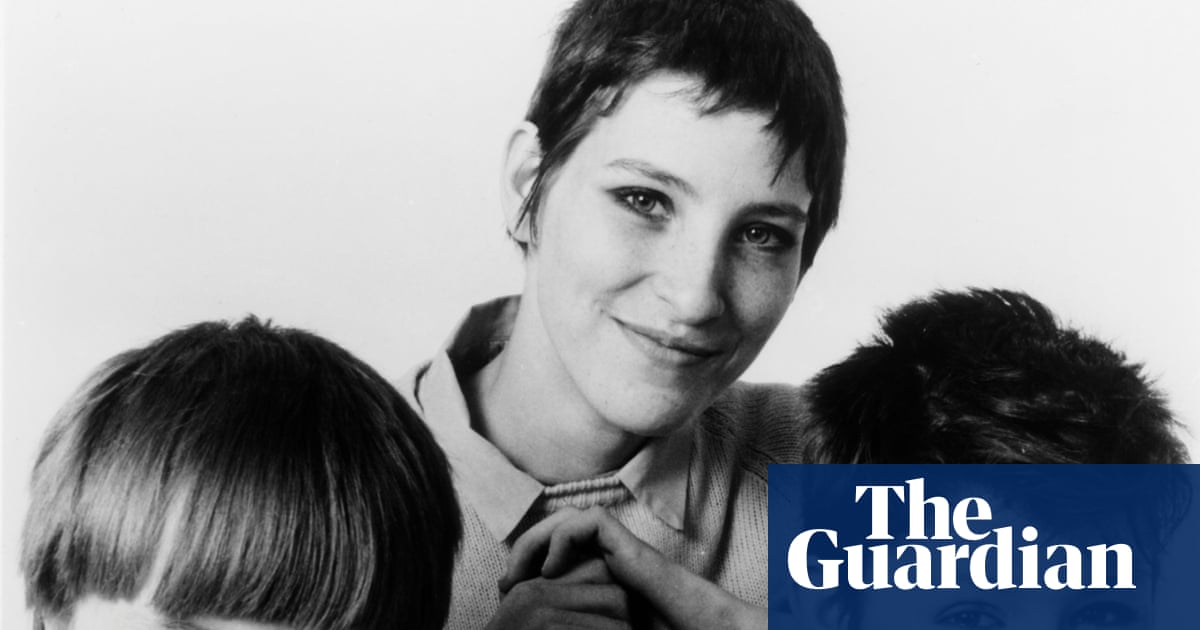
Teenage Daydream by Debsey Wykes review – coming of age in an all-girl guitar band | Autobiography and memoir
The Cambridge post-punk band Dolly Mixture were an all-girl trio who formed at school and mixed rambunctious self-penned songs such as Will He Kiss Me Tonight? and Been Teen with covers of 60s girl group hits. In the late 1970s, they won the…
Continue Reading
-
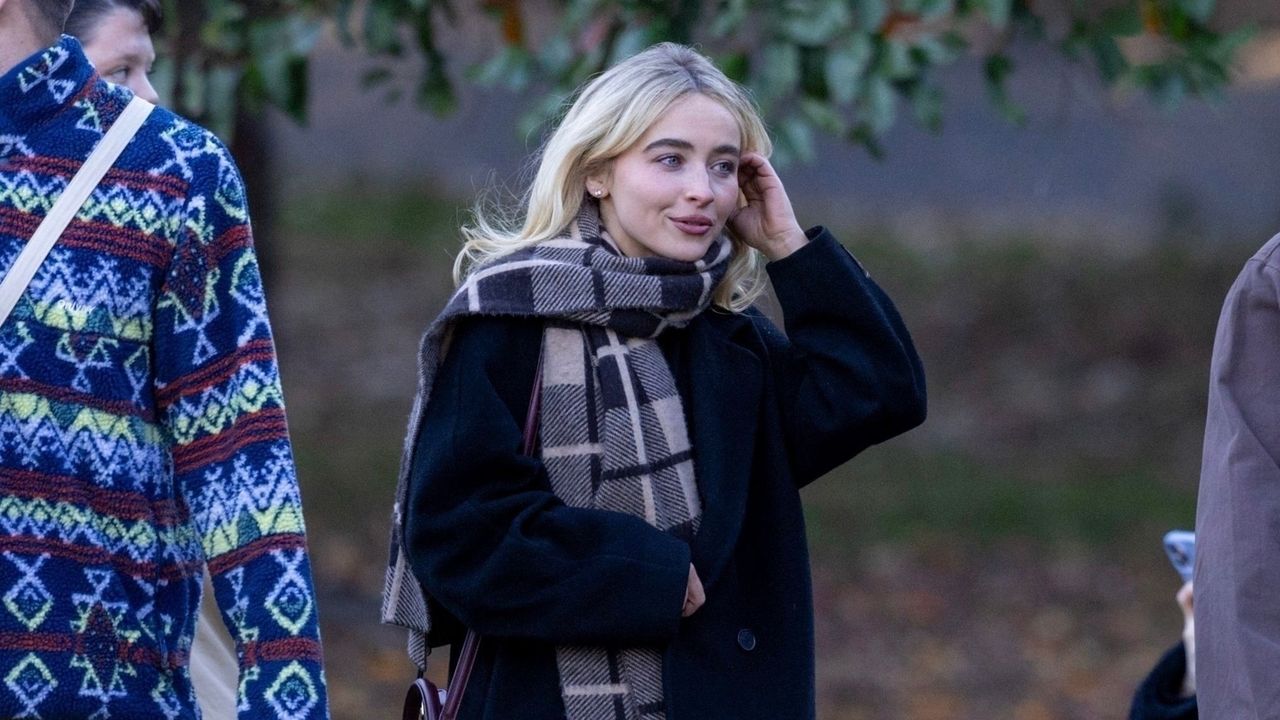
Playing Tourist, Sabrina Carpenter Nails Fall Style in New York
Sabrina Carpenter is currently living the life of a busy showgirl. The pop star is currently on the road with her Short n’ Sweet Tour (good luck getting tickets), and has now landed in New York, where she will be playing at Madison Square…
Continue Reading
-
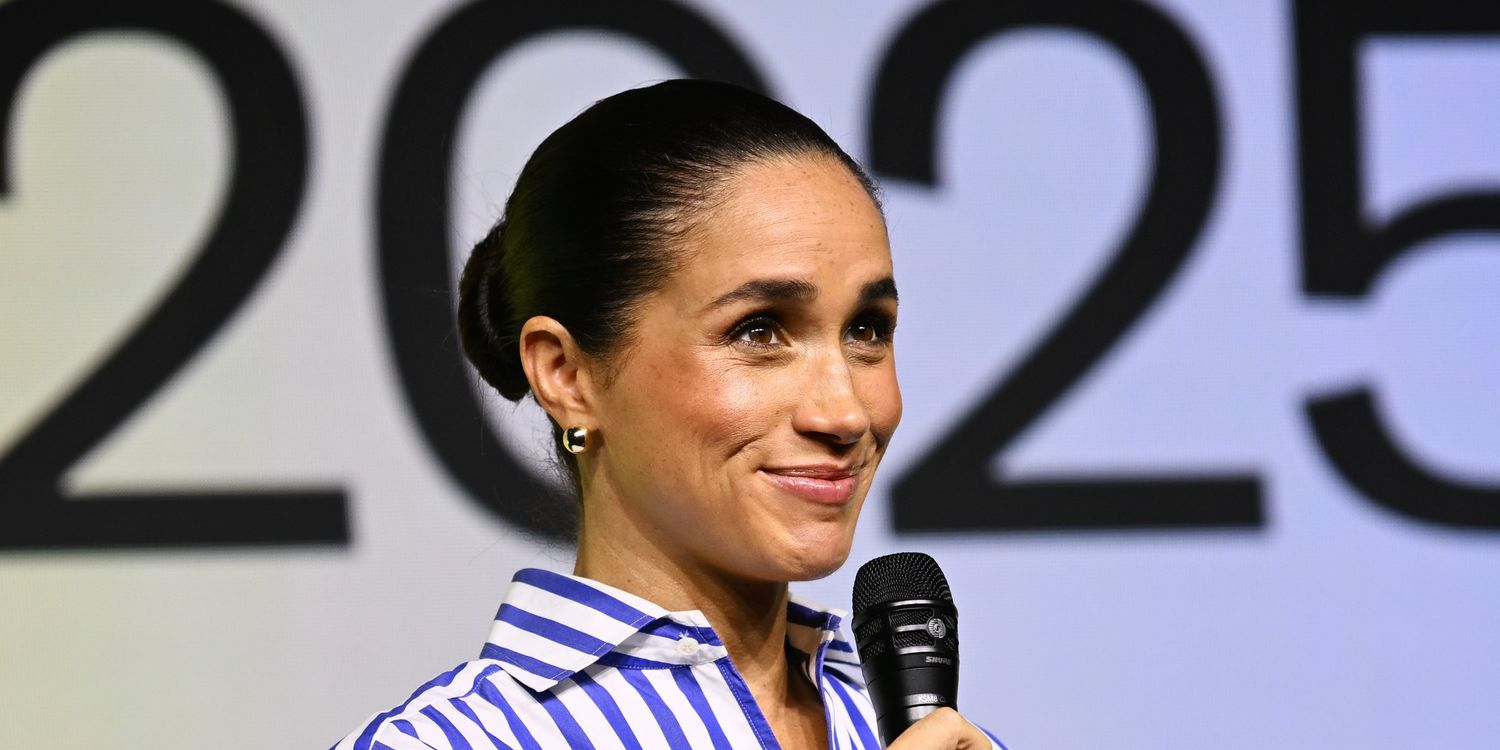
Meghan Markle Gives Taylor Swift Nod While Celebrating As Ever Launch
- Meghan Markle shared a video on her Instagram Stories with Taylor Swift’s track “Opalite” playing in the background.
- In the short clip, the Duchess gave a peek inside her home office in Montecito, California.
- Markle is a proud Swiftie who attended…
Continue Reading
-
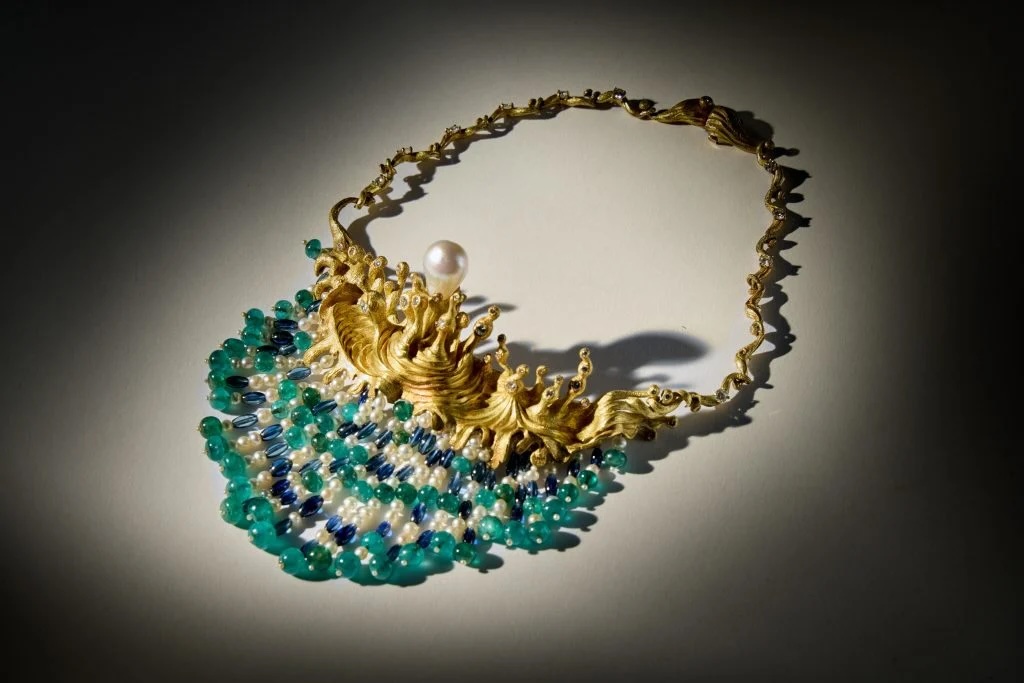
Necklace by Salvador Dalí a Standout at Sotheby’s Surrealist Sale
A stunning necklace by Salvador Dali was a standout at Sotheby’s record-breaking auction of Surrealist and modern art on Friday.
The piece is aptly titled Swirling Sea Necklace, as the 18-karat gold was sculpted into an…
Continue Reading
